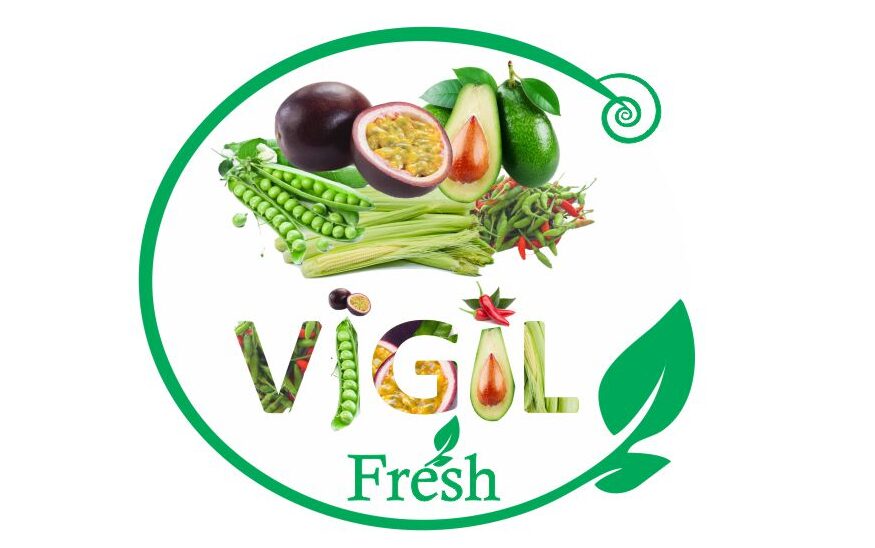Description
Description/Taste
Baby corn is small, averaging 1 to 2 centimeters in diameter and 4 to 10 centimeters in length, and has a straight and slender cylindrical shape with slight tapering toward the ends of the ear. When sold fresh, Baby corn can be found encased in its green husk, or it can be sold shucked. The cobs are covered in tiny developing kernels, generally pale yellow to cream-colored, and the kernels are arranged in straight, vertical rows. Unlike mature corn, Baby corn is entirely edible, and the cobs have a somewhat flexible nature. Baby corn is tender and succulent with a snap-like crunch, containing a mild, subtly sweet, earthy, and vegetal taste.
Seasons/Availability
Baby corn is available year-round in canned form. When fresh, it has a peak season in the spring and summer.
Current Facts
Baby corn, botanically classified as Zea mays, is a general descriptor used to encompass any variety of corn that has been harvested young before fertilization. The developing ears are picked a couple of days after the corn silks appear, and each ear is hand-harvested to protect its delicate nature. Baby corn is considered a novelty ingredient utilized primarily for added texture, able to provide crunch without overpowering flavors within a dish. The small ears also contribute visual interest to dishes. When commercially grown, Baby corn has a similar flavor profile no matter the corn variety used, as the immature ears have not developed high starch or sugar levels, maintaining a consistent, neutral flavor. Many different types of corn can be used to produce Baby corn, and some farmers use the same crop for both baby and mature ears. Scientists have also developed hybrid varieties with increased yields that are specifically designed for Baby corn cultivation. Baby corn is available fresh in Asia, but in other regions of the world, including the United States, the corn is mainly imported in canned form. Production of Baby corn is labor-intensive and cannot be mechanized, driving up costs. The young ears also have a short shelf life, prohibiting them from being shipped fresh.
Nutritional Value
Baby corn is a source of fiber to regulate the digestive tract and also contains lower amounts of phosphorus to strengthen bones and teeth. While mature corn is nutritionally dense, Baby corn is harvested before the ears can fully develop its vitamin and mineral content. Baby corn is known to contain less sugar than mature corn varieties.
Applications
Baby corn has a neutral, subtly sweet, and vegetal flavor well suited for fresh and cooked preparations. The way the corn is prepared is primarily determined by whether the Baby corn is fresh or canned. Fresh Baby corn can be added to green salads for added crunch, or it can be served with creamy dips as an appetizer. It can also be tossed into soups, curries, and stews, boiled or steamed and mixed into rice or noodle dishes, or stir-fried with other vegetables and meat as a fresh entrée. Baby corn is primarily used to add crunch and texture rather than flavor, and the bumpy surface of the corn catches sauces for depth of flavor. The small ears can also be fried or grilled as finger food or pickled to develop a tangy, fermented taste. In addition to fresh Baby corn, canned Baby corn can also be used in the preparations mentioned above, but the corn will have a softer texture, losing the fresh version’s snap-like crunch. Baby corn pairs well with bell peppers, peas, broccoli, cauliflower, meats such as pork, poultry, and beef, seafood, tofu, herbs such as parsley, basil, and cilantro, and spices including cumin, garam masala, curry powder, turmeric, paprika, garlic, and ginger. Fresh Baby corn does not hold up to shipping and will only keep for 3 to 4 days when stored in the refrigerator. The ears can also be preserved in water and citric acid, pickled, or frozen for extended use. Canned Baby corn generally has a shelf life of 1 to 3 years.






Reviews
There are no reviews yet.